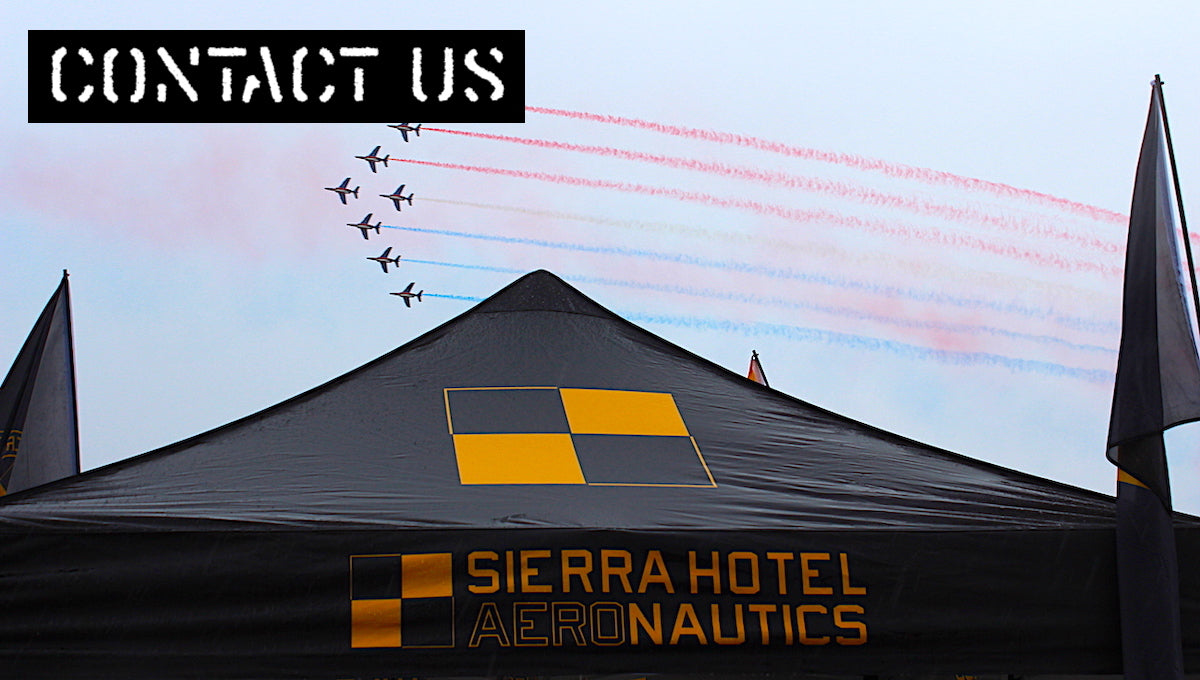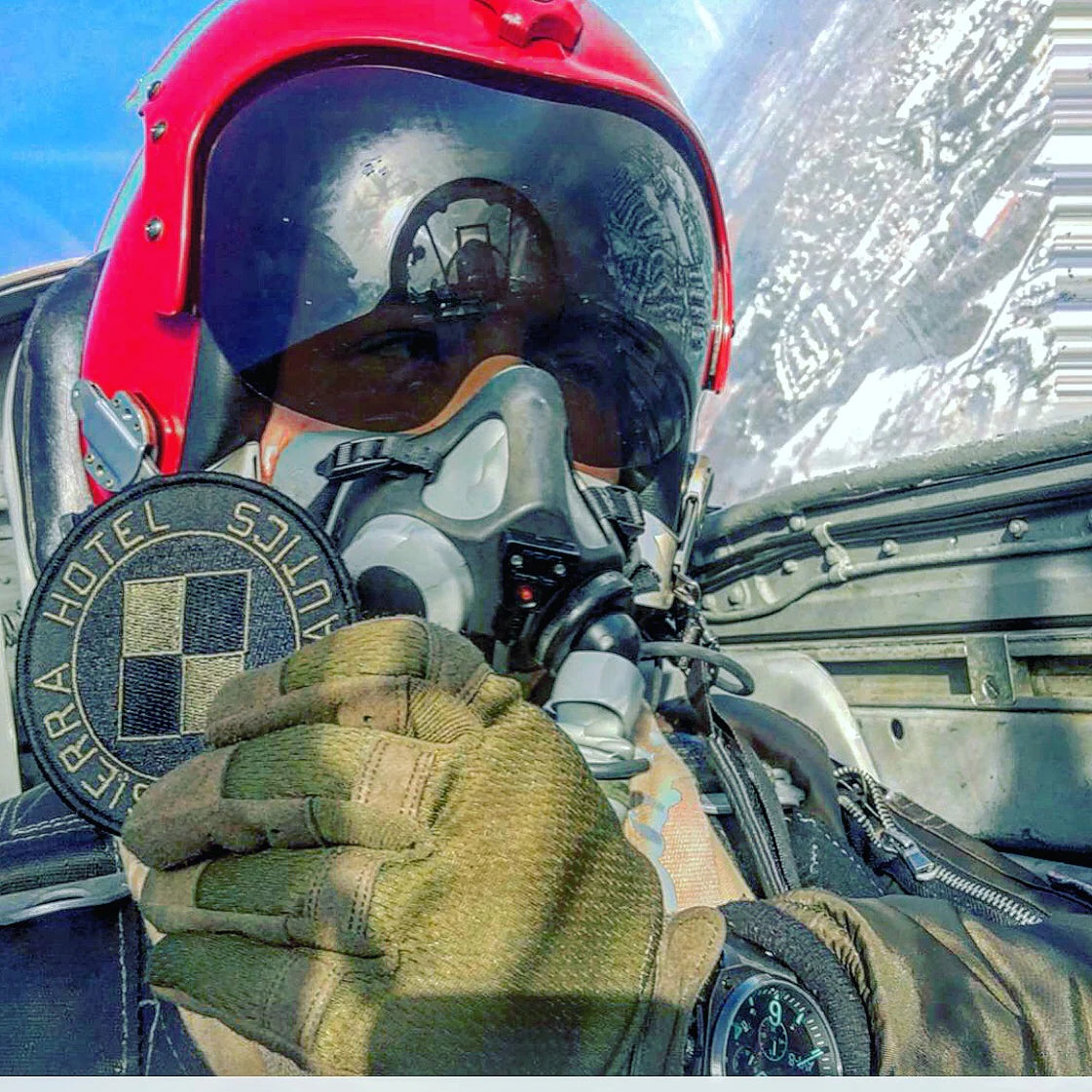Cessna 188 Pacific rescue

A few days before Christmas, on the morning of December 20th, 1978, a lone Cessna was making its way across the Pacific Ocean. Piloted by Jay Prochnow, a retired US Navy pilot. The long trans-Pacific flight was Initially planned as a four-stage, two-ship, transoceanic delivery of two Cessna 188s, from the United States, to Australia. Unfortunately, the second Cessna crashed shortly after take off from Pago Pago. Jay had elected to continue to journey across the Pacific on his own.
.
Sometime after his departure from Pago Page, the ADF on board began to lead him off course en route to Norfolk Island. When arriving in what he thought was the Norfolk area, Jay could not get a visual on the island. Advising Auckland ATC of his situation, fuel at this time was not an immediate issue so Jay continued his search. After some positional checks, he made the frightening realization that his ADF had led him far off course. Now lost over the Pacific Ocean, in a single-engine Cessna, with no sight of land, Jay contacted Auckland ATC, and declared an emergency.
.
No other aircraft were in the area that could provide assistance, except for an Air New Zealand DC-10 high above, that was flying from Fiji to Aukland New Zealand, crewed by Capt Gordon Vette, First Officer Arthur Dovey, and Flight Engineer Gordon Brooks.
.

.
Once becoming aware of the situation, Capt Vette knew full well that if assistance was not provided to that lost aircraft, then the pilot will surely run out of fuel, and be forced to ditch the aircraft in the middle of the Pacific. A water landing may be very well survivable, but being lost at sea, is less so.
.
The crew of Flight 308 was able to raise Jay on the HF radio, and began to work on some numbers to try and locate the Cessna before the sun sets. Luckily Capt Vette was a licensed navigator, and even more fortuitously, a passenger, Malcolm Forsyth, also a navigator; had volunteered to help.
.
With crew on both sides trying to figure out some creative navigational solutions, it was decided to attempt to estimate the lost Cessna's position relative to the Air New Zealand's by comparing their relative headings when facing the sun and solar angles of elevation, so both aircraft turned towards the setting sun and noted the difference in heading. The result was four degrees. After making an allowance for the different cruising altitudes of the aircraft, the difference in sunset times between the aircraft and Norfolk Island. This data allowed the crew to calculate that the Cessna was now southwest of Flight 308 by approximately 400 nautical miles.
.
So Flight 308 turning in that direction. 25 minutes later, Capt Vette was able to contact the Cessna on the VHF radio, which now put the two aircraft in a much smaller geographical radius.
.
At this time, although without much fuel of their own after deviating to look for the lost Cessna, Capt Vette decided to activate the fuel dump switch, in hopes of creating a massive and easily visable contrail across the sky. The switch was hit, and over 24, 000 gallons of fuel vapour poured out a colossal trail across the sky.
.

.
Sadly, Jay was not able to see the contrail due to atmospheric conditions, and the situation was now looking grim. Darkness was approaching.
.
Both aircraft were in the same vicinity, but still no visual contact between the two for an exact position. Capt Vette asked all his passengers to look out their windows in hopes any of them could catch a glimpse of the Cessna below and even invited small groups to come to the cockpit to help in the forward scan.
.

.
As the light conditions became darker, Jay considered ditching his aircraft into the waters below before all light was lost, but Capt Vette convinced him to continue. They then attempted to use a technique known as "aural boxing"; this took over an hour to execute, but once it was completed, they had a much better approximation of Jay’s position.
.
Capt Vette lit up all the DC-10's lights so that perhaps Jay could see them from below.
.
Jay did see the light, but it was not of the DC-10 above, it was the lights of an oil rig they were able to identify as Penrod, which was being towed from New Zealand to Singapore This gave the Cessna’s exact position, and were the same as the estimates of the crew of the DC-10.
.
All thanks to the crew of Flight 308, Auckland ATC, and not deciding to ditch his aircraft, Jay Prochnow touched down on Norfolk Island on December 21st, with little more than vapour in his full tanks after being in the air alone and over ocean waters for twenty-three hours and five minutes.












All that may be more interested in the long haul ferry adventures, and the characters that flew them should get Bob Moriarty’s book, “No Guts no Glory”. Amazon of course. Delivery time was long but worth the wait.
In June-July 1967, I piloted a 1937 Lockheed 10 Electra around the world following as closely as possible, Earhart’s 1937 flight path. Yes, the pacific, gentle in name, but gigantic in terms of its navigation, etc. does present dangerous situations. We were fortunate in that the Electra Lee Koeke, owner and restorer, had not one thing go wrong on the entire flight. He was on the flight. All the items installed for a world flight also performed flawlessly from our June 9th departure from Oakland to our return there.
We found Howland Island, Earhart’s flight-planned destination on July 2, 1967, exactly 30 years to the day that she had been searching for it. I dropped a wreath in memory and honor of her and her navigator, Fred Noonan.
We then flew on to Canton Island, and the following day to Honolulu, and a day later on to Oakland, thus completing Earhart’s flight, for which her sister Muriel thanked us two days later at Newton, Kansas. Throughout her life, she talked about her sister to many audiences. My book World Flight, the Earhart Trail, tells of this historic aerial adventure. My exceptional navigator was Bill Polhemus, and my equally exceptional copilot Bill Payne. Maybe this flight was meant to be. I was 30, the Lockheed was 30, and it was the 30th anniversary of Earhart’s attempt. How could we miss??
It was a movie from the early 90s called Mercy Mission: The Rescue of Flight 771 with Scott Bakula as the pilot in the Cessna 188.
Inpiring story thanks to the DC 10 pilots, l am a pilot myself and one of my instructor’s does ferry plane from the US to Australia. He always has life rafs and other gear in case of ditching in the sea.
Leave a comment